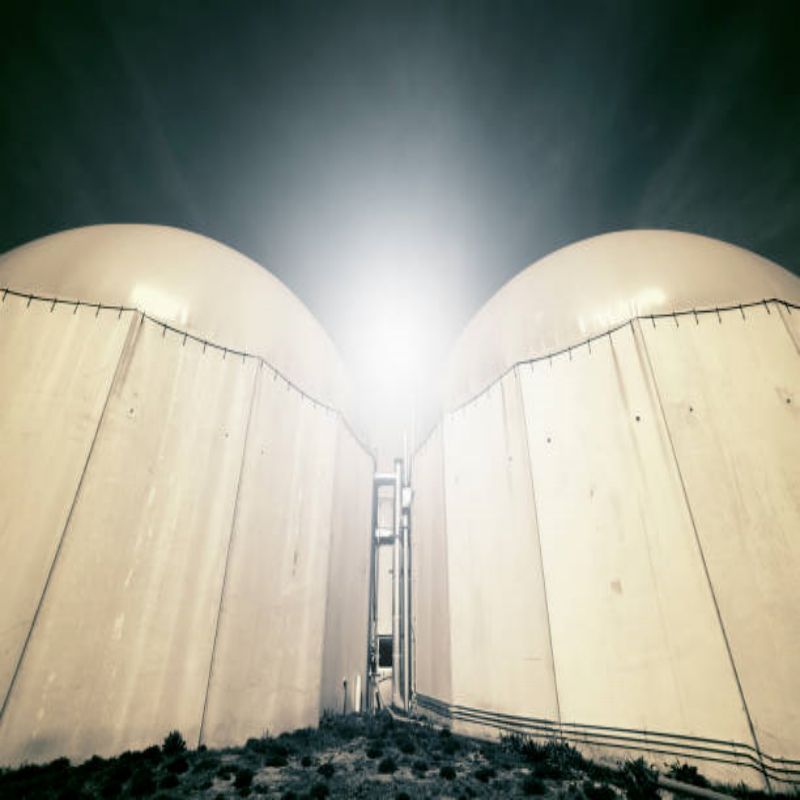Precautions for Using Air Domes: Ensuring Safety and Longevity
When it comes to creating versatile and functional spaces, air domes have become increasingly popular. These structures, also known as inflatable domes, offer numerous benefits, such as easy installation and cost-effectiveness. However, as with any type of construction, it is crucial to take precautions to ensure safety and longevity. In this article, we will discuss ten essential precautions for using air domes, covering various aspects of their usage.
1. Site Selection and Preparation
The first precaution to consider when using air domes is selecting an appropriate site and preparing it adequately. Ensure that the ground is level, free from sharp objects, and capable of supporting the weight of the dome. Conduct a thorough inspection to identify any potential hazards, such as underground utilities or unstable terrain. This step is vital for preventing accidents and ensuring the stability of the structure.
2. Proper Anchor Installation of Air Domes
One of the most critical aspects of using air domes is proper anchor installation. Anchoring the dome securely to the ground is essential to prevent it from being lifted or dislodged by strong winds or external forces. Consult the manufacturer's guidelines for anchor type and placement, and ensure that the anchors are securely attached to both the dome and the ground.
3. Regular Maintenance and Inspection
To ensure the longevity and safety of your air dome, regular maintenance and inspection are crucial. Conduct routine checks for any signs of wear and tear, such as leaks, loose connections, or damaged fabric. Pay special attention to the dome's seams, zippers, and anchoring points. Promptly address any issues to prevent further damage and potential accidents.
4. Climate Considerations of Air Domes
Another important precaution for using air domes is considering the climate in which they will be used. Extreme temperatures, high winds, heavy snowfall, and excessive humidity can all affect the performance and durability of the dome. Ensure that the dome is designed and equipped to withstand the specific climate conditions in your area.
5. Adequate Ventilation
Proper ventilation is essential for maintaining air quality, preventing condensation, and ensuring the comfort of users inside the dome. Install ventilation systems that allow for the exchange of fresh air while maintaining the desired temperature and humidity levels. Be mindful of the dome's occupancy limits and provide sufficient ventilation accordingly.
6. Fire Safety Measures of Air Domes
Fire safety should never be overlooked when using air domes. Install fire extinguishers in easily accessible locations and ensure that they are regularly inspected and maintained. Clearly mark emergency exits and conduct regular drills to familiarize occupants with evacuation procedures. Additionally, consider using fire-resistant materials for the dome's construction.
7. Regular Cleaning and Sanitization
Maintaining cleanliness and hygiene inside the air dome is essential for the health and well-being of its users. Develop and implement a regular cleaning and sanitization schedule, paying attention to areas that are frequently touched, such as door handles and seating surfaces. Use appropriate cleaning products that are safe for the dome's materials.
8. Proper Usage Guidelines
Establishing and communicating proper usage guidelines is crucial for the safety and enjoyment of all users. Clearly define rules regarding prohibited activities, maximum occupancy, and the use of equipment or fixtures inside the dome. Educate users about potential risks and encourage them to report any safety concerns promptly.
9. Emergency Preparedness of Air Domes
Being prepared for emergencies is essential in any enclosed space, including air domes. Develop an emergency response plan that includes procedures for medical emergencies, power outages, severe weather events, and other potential incidents. Train staff or volunteers on how to handle emergency situations calmly and efficiently.
10. Professional Installation and Expert Advice
Lastly, to ensure the overall safety and longevity of your air dome, it is highly recommended to seek professional installation services and consult with experts in the field. They can provide valuable insights, recommend suitable precautions, and help address any specific concerns related to your project.
Conclusion
By taking these ten essential precautions into account, you can ensure the safe and long-lasting use of air domes. Proper site selection, anchor installation, maintenance, and inspection are fundamental for structural stability. Climate considerations, ventilation, fire safety measures, and regular cleaning are crucial for user comfort and well-being. Establishing usage guidelines, emergency preparedness, and seeking professional advice contribute to a safe and enjoyable experience. By following these precautions, you can maximize the benefits of air domes while minimizing potential risks.

